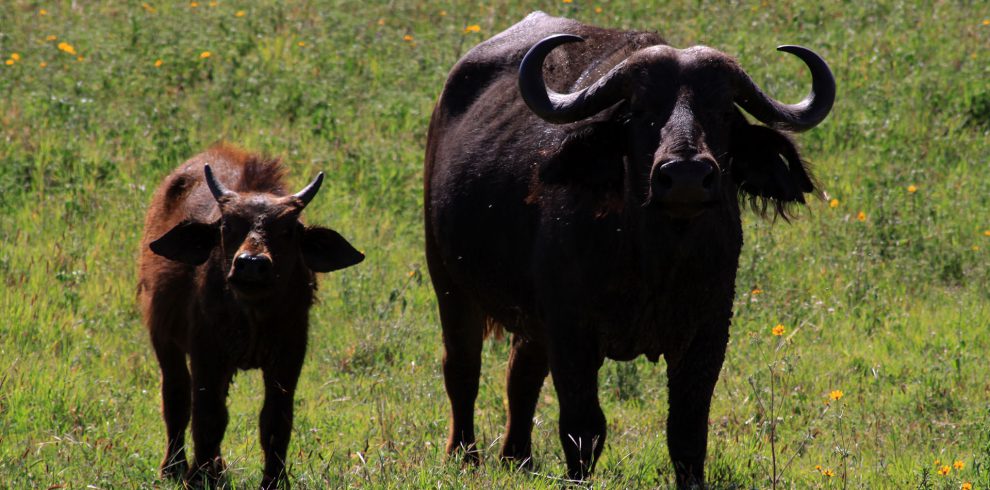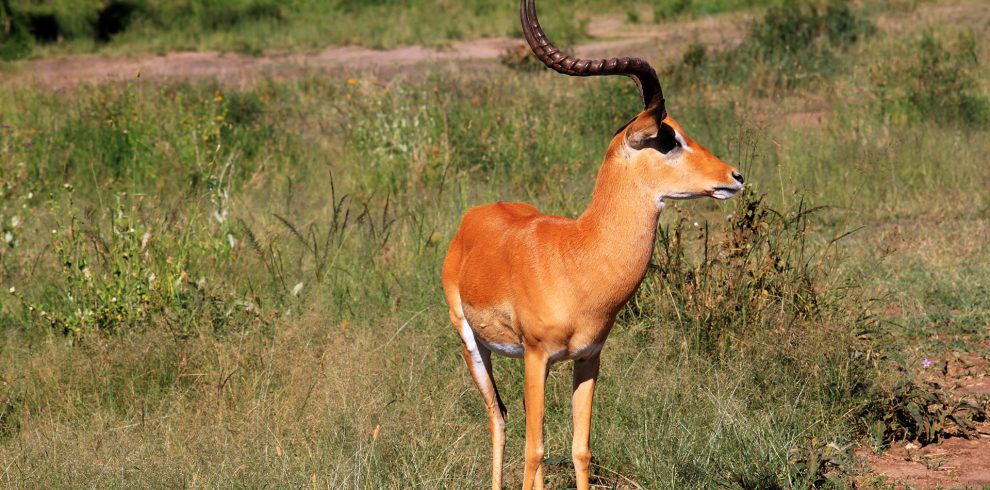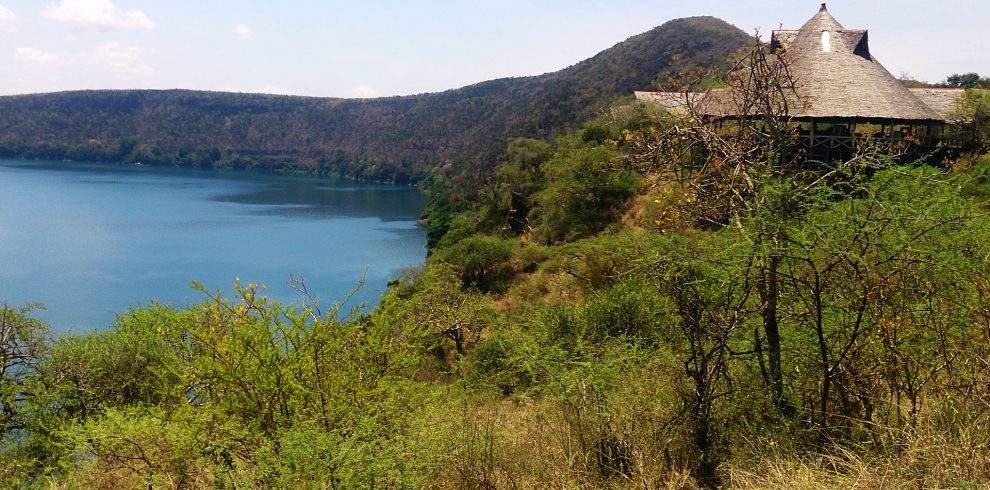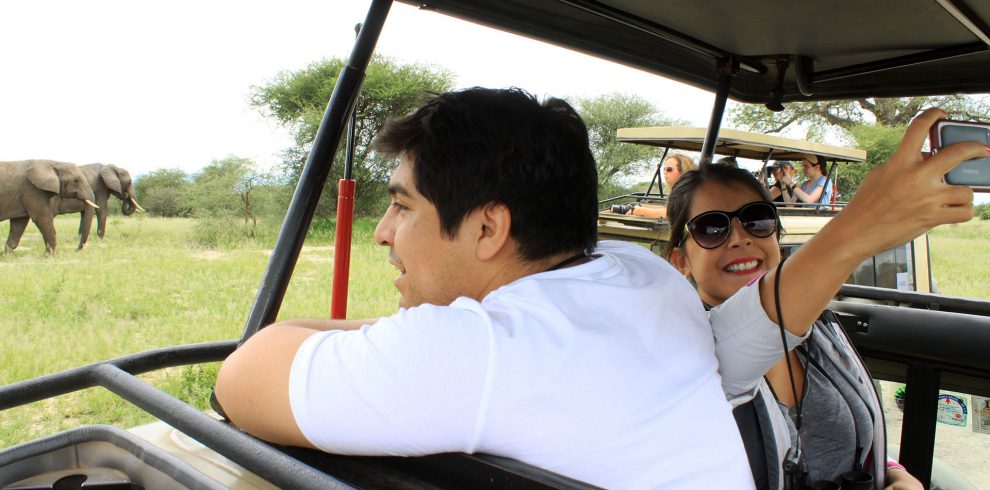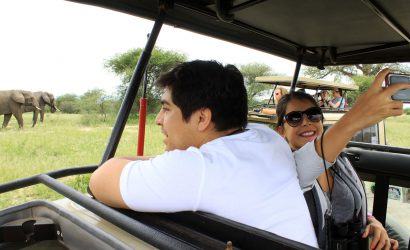(2 DAYS TOUR, 2 DAYS IN HOTEL)
The 2 days safari will impress fans of both wild animals (lions, rhinos, wildebeests, hippos and so forth). Visit the most beautiful landscapes because it includes the Ngorongoro Cratera a UNESCO World heritage site. Tarangire National Park which is called “Small Serengeti” perfectly complements this program. If you want to see the maximum number of animals for the minimum time, then this tour is for you.
Highlights
• Ngorongoro Crater – The world’s largest complete caldera home to rhino, lion, wildebeest and more
• Tarangire – Huge herds of elephants and tree climbing lions in baobab dotted plains.
<p>DAY 1: AIRPORT TRANSFER & ARRIVAL IN ARUSHA</p><p>Our Driver Guide will pick you at the airport for transfer to your accommodation facility in Arusha . Depending on your arrival time, you can decide to refresh and take your time by the pool after the long journey before meeting our Guide for briefing this evening.</p><p>Accommodation type: -Standard Lodge. Included: Single room |swimming pool| dinner included (Planet lodge-Arusha Or similar)</p>
<p>Today we leave Arusha at 7:00 Am to Tarangire National Park. One of the most striking features of the park is the majestic old baobab trees with massive silvery trunks and gourd-like fruit that dominate the skyline. Tarangire has the greatest concentration of wildlife outside of the Serengeti ecosystem and is part of a larger ecosystem that extends further south into the Masai steppes. The permanent water sources in the park result in Tarangire being home to the largest elephant populations in Tanzania; where during the dry season over 300 elephants can be seen digging for water in the riverbeds. The park is also home to the shy fringed eared Oryx and the gerenuk antelope that are not seen in other parks.</p><p>Accommodation type: Standard Lodge-Included: Single room| (Bogenvillia Or Similar)</p><p>Meals: Full board</p>
<p>This morning we will have a very early start to make our way to the crater where we will descend from the upper rim, driving down a steep track that drops a staggering 600m to the grassy plain, lake and marshes of the basin floor below. The crater provides a unique wildlife spotting experience and is home to the Big Five. Among the animals to watch out for are elephant, lion, cheetah, buffalo and rhino. The perennial marshes teem with birdlife.</p><p>The crater itself, technically classed as a caldera, owes its existence to the violent fracturing of the Rift Valley over a period of some 15 million years. At one time a volcano occupied this spot that then became extinct and collapsed into the empty magma chamber beneath it leaving only the gigantic natural basin which is now considered a veritable 'Garden of Eden'. Pick nick lunch will be served at the crater</p><p>In the evening relax at the pool spend the rest of the day at leisure </p><p>Accommodation type: Standard Lodge-Included: Single room | swimming pool (Bogenvillia )</p><p>Meals: Full board</p>
<p>End of the Tour</p>
The Trip Cost Includes
- Transfer to and from the airport
- Accommodation before and after safari
- Land Cruiser 4x4 with pop-up roof during safari
- Experienced English-speaking safari guide service
- All park conservation fees;
- Meals as stated in the itinerary
- Bottled mineral water in your safari vehicle
- Government taxes and levies
- Medical kit;
- Binocular (1 per SUV);
The Trip Cost Excludes
- Air tickets;
- Visa fee;
- Travel and health Insurance
- Tips to your safari guide, porter, hotel staff e.t.c
- Items of personal nature
There are some factors that make safari in Tanzania exceptional: First, hunting is strictly prohibited in all the National Parks, which makes for one of the highest densities of wildlife on the continent; Second, high Park fees keep the number of visitors relatively low, making for a more exclusive experience. Moreover, unlike other countries, where one often finds small family cars on the road, all Safaris in Tanzania are conducted no off-road driving in the park, which enhances the sense of being in the wild.
We recommend comfortable light clothing for the day and something warmer for the evenings, which can be chilly in the northern highlands. Comfortable walking shoes are a must for those planning on walking in the parks (must be booked in advance). You will further need a hat, sunglasses and sunscreen.
Generally, the climate in Tanzania is warm with maximum temperatures 32 degree centigrade. Early morning and evenings can be slightly cold with minimum temperatures reaching 12 degrees centigrade. Winter is from May to September, summer from October to April. Rainfall is seasonal with short rains in November and December.
Citizens of the EU and USA can acquire entry visas at international airports in Tanzania as well as other border crossings. Visa costs: generally USD 50 (USD 100 for the citizens of USA). For detailed information red: https://eservices.immigration.go.tz/visa/guidelines
Citizens of the following countries should receive a so-called referred visa in the nearest Tanzanian diplomatic institution before coming to Tanzania:
• Afghanistan • Azerbaijan • Banglades • Chad • Djibouti • Ethiopia • Eritrea • Equatorial Guinea • Nigeria • Pakistan • Kazakhstan Republic • Kyigten Republic • Lebanon • Malin
• Mauritania • Niger • Palestine • Senegal Iraq • Iran • Somalia • Sri Lanka • Somali land • Sierra Leone • Tajikistan • Turkmenistan • Uzbekistan and • Syria • Yemen • Stateless persons or persons with refugee status.
There are 3 International Airports in Tanzania: Zanzibar, Dar es Salaam and Kilimanjaro. Your Tour Manager will recommend the most convenient of these depending on your itinerary.
One of our drivers will meet you with a sign bearing your/your group’s name at your airport of arrival regardless of the time of day.
The official currency of Tanzania is the Tanzanian Shilling. There are several banks across the country that offers money change services. You can also make cash payments in US$. Just keep in mind that notes issued before 2003 may not be accepted or accepted at a lower rate of exchange. You may also change Euros and some other major currencies, though preference is given to US$ and the rate of exchange for other currencies may not be favorable.
In short- Tanzania is absolutely safe for tourists. Tourism provides a large part of the country’s foreign income and the local authorities take matters of security very seriously. Moreover, Tanzania is one of the most politically stable countries in the region and Tanzanians are very friendly as a people.
This said, some criminality does exist, just as it does everywhere else. We, therefore, recommend that you exercise common sense and follow the rules below:
Avoid the dangerous parts of any town- these are usually mentioned in most books and your guide will be happy to point them out.
• Do not leave your belongings unattended.
• When planning to take photos in towns, it is best to bring along a guide. This is not so much in the interests of safety, but, rather, in order to facilitate communication with the locals, who are – for cultural reasons – not always happy about being photographed and often do not speak English.
• After dark it is best to avoid walking and use taxis for all your travel within town. These are best organized by your tour operator or hotel reception.

